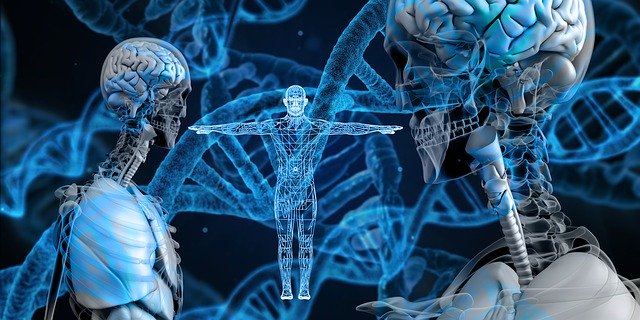Curing Genetic Diseases
CRISPR is a gene-editing technique, which facilitates altering faulty genes and even raises the possibilities of genetic modification for humans, in general. This is an exciting example of cutting-edge scientific research which has widespread applications ranging from curing genetic diseases to crop seed modification. There are some 20,000 to 25,000 genes in the human genome. Genes code information for the different biological characteristics and traits that make us human. They guide development and growth. Sophisticated medical device research methods have produced significant knowledge of the genome.
Genes
What exactly is a gene? Genes are the basic physical and functional units of heredity. Genes are the individual informational units, the workhorses, of Deoxyribonucleic acid, or DNA. DNA controls the specific nature of proteins produced by each cell, its maturity, life span, function, and death. Genes come in pairs, with each individual copy known as an allele. The parents contribute one each of these pairs. It is the combination of the function of these genes in our genome that eventually produces… us. Genes, combined with the interaction, or expression, of these genes and the organism in the environment. Genes code for specific proteins or functions. There are genetic components involved in many health problems.
Faulty Genes
Faulty genes are genes where mutation or modification causes diseases or disorders. Monogenic diseases occur due to modifications in a single gene. There are estimated to be approximately 10,000 diseases that are monogenic. These diseases include Cystic Fibrosis, Tay-Sachs disease, hemophilia, Huntington’s Disease, sickle cell anemia, and many others. The World Health Organization estimates single-gene diseases occur in one of every hundred births. In Canada, for example, perhaps 40% of pediatric hospital practice involves monogenic disease. When disease occurs because both alleles are faulty, the disease is known as recessive disease. When one allele does not work properly, and disease is the result, this is known as the dominant disease.
CRISPR
In just the past decade, a technique was found which facilitated altering these faulty genes. It greatly increased the ease of working with the DNA in single cells. The technique is based on medical research by Jennifer Doudna and colleagues. They discovered bacteria have a unique manner of fighting the flu. Bacteria are able to insert changes into the DNA of the virus and effectively kill it. Not only that, the researchers learned to change the responsible enzymes to allow them to recognize and fight any unwanted DNA sequence. This has permitted researchers to introduce changes into the cells at any part of the genome with a reduction in time and cost that was impossible prior. This discovery essentially changed the dynamics of the science of cell or gene editing.
The technique was given the acronym CRISPR. CRISPR stands for: Clustered Regularly Interspaced Short Palindromic Repeats. No question why the acronym was used, is there? The ability to modify genes individually, easily, and cheaply opens up a new universe of possibilities. These include eradication of many of the diseases noted above by genetic modification. Some work in this area is already taking place. Increased understanding should also lead to progress against diseases such as diabetes, cancer, cardiovascular problems, and asthma, where complex interactions of many genes and environment are involved.
The Future
Innovative medical research methods in genetic editing also raise the possibility of engineering human genes for more desirable traits, such as greater intelligence or height, for example. This has caused widespread ethical concerns. Experiments on human embryos are not considered acceptable, although at least one human engineering experiment on embryos has already been carried out, to much controversy. Legitimate experimentation in humans has generally been limited to somatic cells, which are cells other than sperm and egg cells. Exciting trials are now underway for the treatment of several of the monogenic diseases mentioned above. The development of gene modification to eradicate genetic diseases should permit more people to live longer, better lives. Meanwhile, numerous companies are hard at work developing CRISPR for uses in agriculture, disease diagnosis, drugs, and many other areas. The surface of possible genetic editing applications has barely been scratched.

